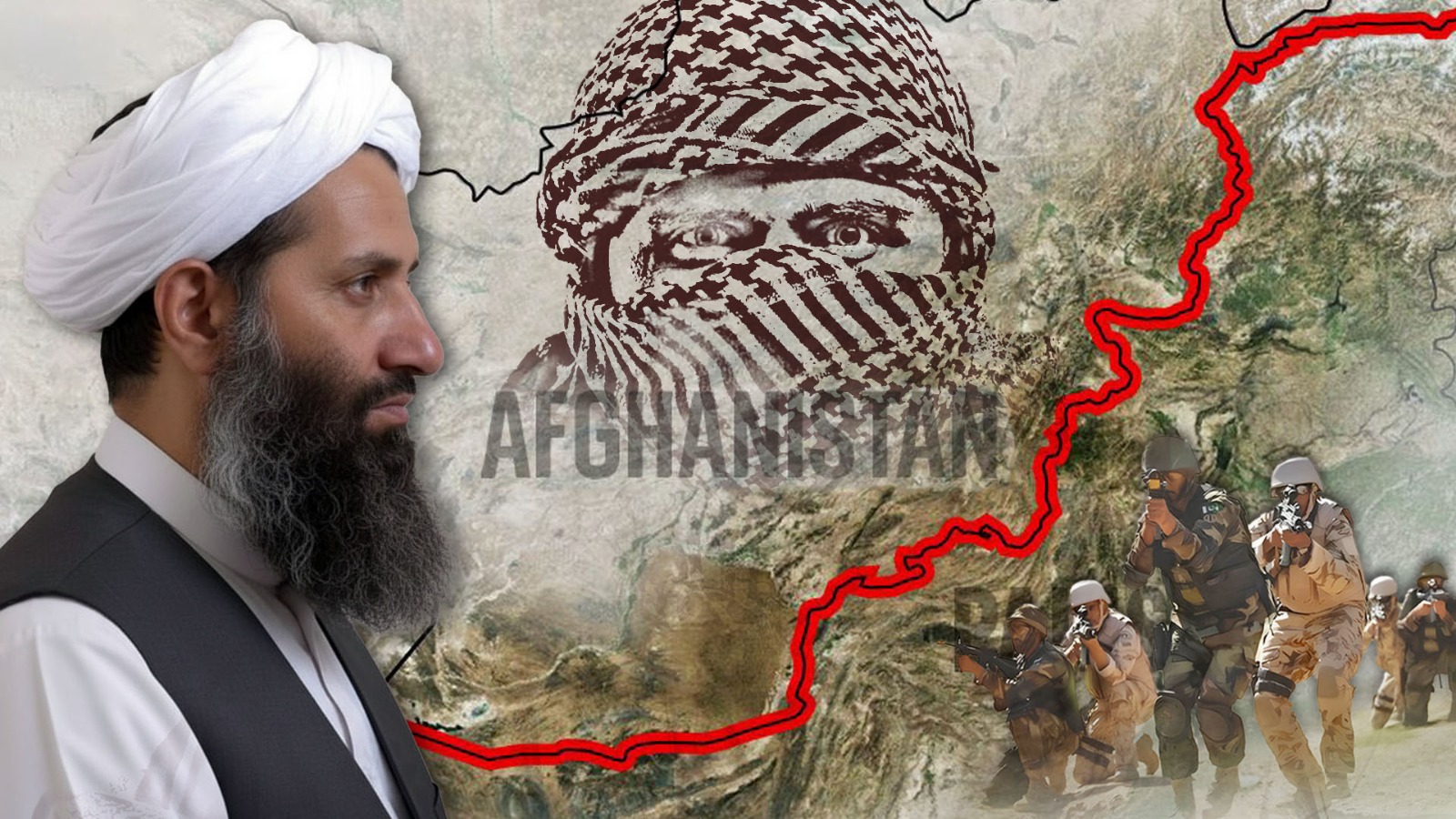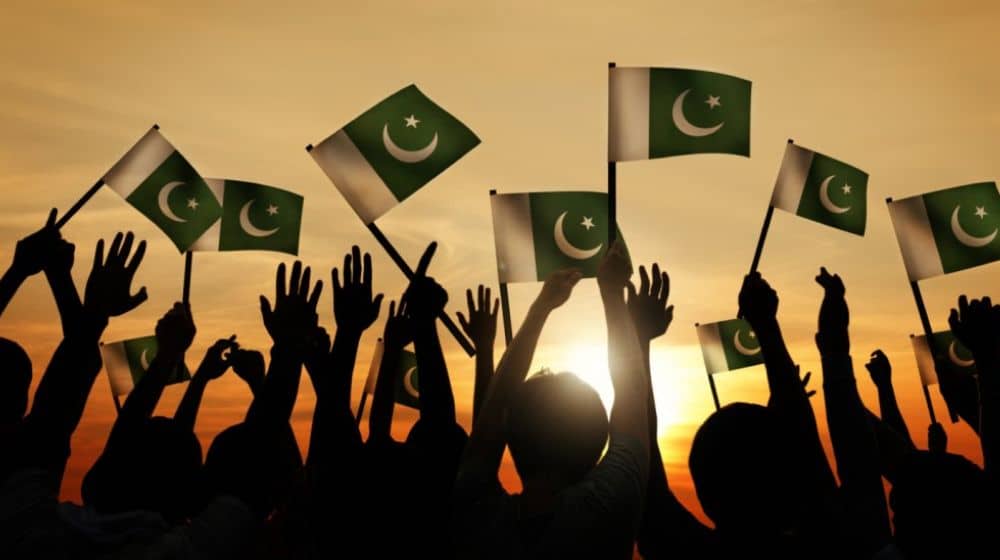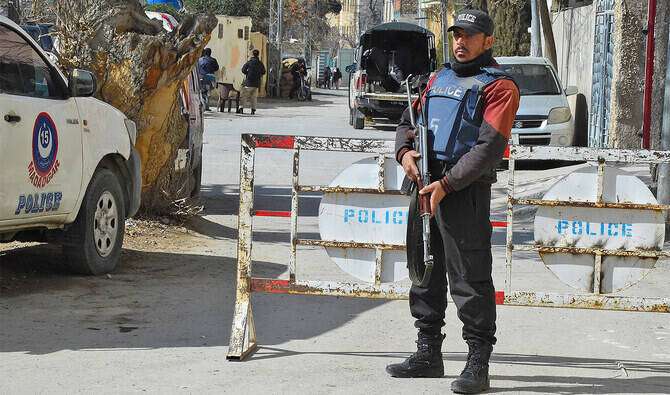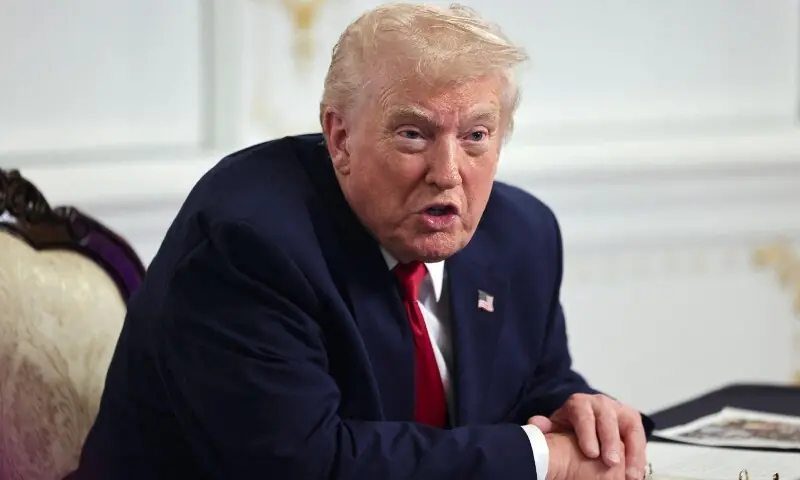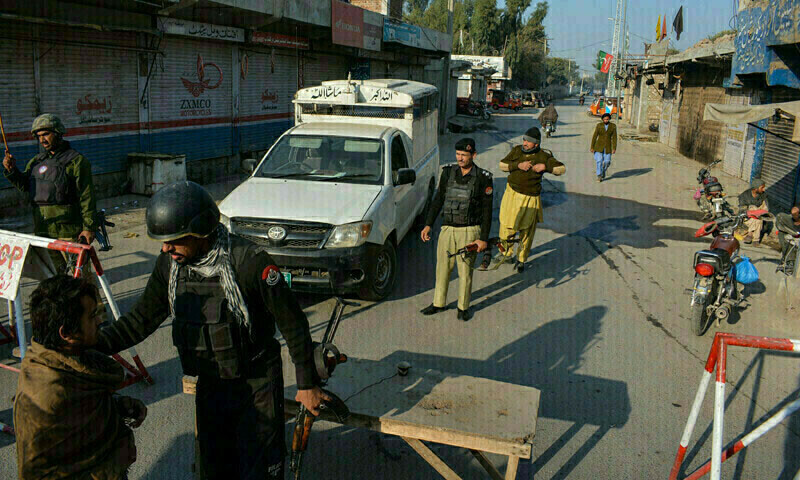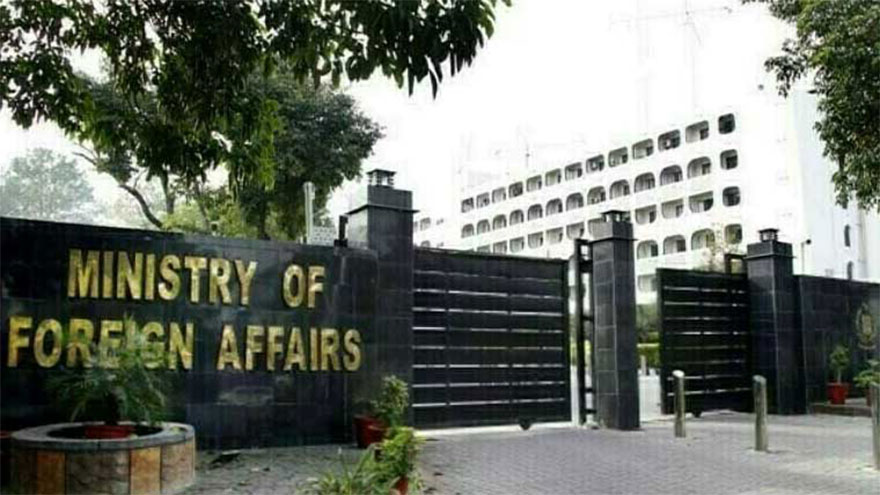Three days earlier, on May 10, 2025, the cease-fire along the Line of Control had halted the four-day war in which Pakistan had successfully defended itself against India’s high-altitude bluff for strategic space. But the moment was anything but tranquil. With the guns going silent, New Delhi within hours had switched to a proxy war covering Kunar Valley to Kech River. Over the months that followed, an upsurge in insurgent violence engulfed KPK and Balochistan, all to drain Pakistan’s coffers, attempt to sully its military’s reputation, and to cause Beijing to lose faith in the China-Pakistan Economic Corridor. Three months later, dominating this western front will be a test of Pakistani statecraft; doing so will require a cold-eyed mix of political outreach, surgical security operations, and steadfast international diplomacy.
The numbers tell the story of how difficult a challenge it is. Over 400 insurgent incidents were reported according to security narratives between January 2024 and June 2025, representing an increase of almost fifty per cent compared to the previous year. The upward curve there turned more sharply after the May confrontation. On 12 March, a group of Balochistan Liberation Army agents hijacked the Jaffar Express near Mach, taking hundreds of hostages, including dozens of soldiers who were kept for almost two days before Special Forces managed to retake the train.
Saboteurs triggered explosives under a section of railway close to Jacobabad on 18 June and derailed several coaches on a key freight corridor in a stark reminder of the system’s vulnerability. A week later, the insecurity was compounded when a suicide bomber from the Hafiz Gul Bahadur Group drove an explosives-laden truck into an army convoy in N. Waziristan’s Mir Ali, resulting in at least 13 soldiers being killed. The violence then spread to the west of the Indus River. On 1 July, in Mastung, a masked gunman attacked a police station, torching two local banks, shooting a teenage onlooker, and kicking off hour-long street battles before melting into side alleys. A day later, a radio-controlled bomb went off near a government vehicle at Sadiqabad Phatak in Bajaur. The dead included Assistant Commissioner Faisal Ismail, a tehsildar, two police officers, and eleven others. Investigators are still searching through blast rubble to try to piece together the construction of the bomb. In the early accounts, some familiar details resurface: a Tehreek-e-Taliban Pakistan safe house located across the border in Afghanistan, Indian DVB R800 radios on the scene, and online money transfers via Dubai.
Delhi formally denies involvement. Yet Pakistani signals-intercept analysts draw a recurring operational profile.
Recent intelligence intercepts point to Indian operatives reviving mothballed cells from the Tehreek-e-Taliban Pakistan, and the Baloch Liberation Army, smuggling night-vision equipment and encrypted communications gear through Iranian Baloch intermediaries, and transferring money by way of front companies registered in the Gulf and South Africa. The idea, tactically, is to keep the Pakistan Army away from its eastern position and bleed out the budget with a constant drip of low-intensity tasks. Strategically, the aim is broader: to make the region seem ungovernable and convince Beijing that it should reconsider investing more capital in the China-Pakistan Economic Corridor, thereby undermining Islamabad’s vision of a geo-economic pivot.
The blueprint strikes a balance between these two legs, outside help and local grievance. Either one or the other victory, without bringing the other down, will sustain the cycle. Balochistan is abundant in gas and copper, but it lacks schools and jobs; its average income lags nearly 40 per cent behind the national average, and joblessness among graduates persists at around 22 per cent. Those lacunas give the militants the oxygen they need.” Islamabad, therefore, requires a strategy that takes away India’s proxy as a tool, closes external safe havens, and renders the idea of Pakistan materially attractive to Baloch and Pashtun youth alike.
There’s political credibility, which comes first on that list. The 18th Amendment to the Constitution transferred more power to provinces, but the follow-through in Balochistan has been feeble at best.
Islamabad also needs to establish a minimum legal standard for royalties on gas and minerals and decree that the revenue be spent solely on local health, education, and infrastructure. All spending should be verified and published every three months by a public audit board comprising civic organisations based in Quetta. Equally urgent is a Truth and Reconciliation Commission with the authority to subpoena security agencies, exhume possible mass graves, and offer restitution to families of the disappeared. Honest reporting will undermine separatist propaganda much better than blanket denial ever will.
Step two is intelligence-led, not checkpoint-led, security. Instead of dispersing battalions in isolated posts, Pakistan should establish a unified Western Command at Quetta, with army, FC, and air mobility assets consolidated under a single chain of command. Intercepts, feeds from drones, and community tip lines should feed to a live digital map that would allow small, mobile units to disassemble leadership nodes before militants can organise a mass ambush. Lessons from Karachi’s intelligence cleanup a decade ago, which reduced violent crime by 70 per cent over three years, can also inform operations in Makran and Waziristan.
Third comes border control. The Afghan frontier fence is ninety per cent complete, but only a fraction of the far shorter Iranian border is covered by a similar structure.
An Islamabad-Beijing-Tehran-funded joint construction brigade could fill the 900-kilometre gap within eighteen months, severing a key smuggling route on which militants earn millions from diesel and drugs. Tehran has a clear motive: Sistan and Balochistan raids by Jaish al Adl usually originate from Pakistani territory. It would transform a security predicament into a joint economic corridor for all three countries through dedicated action zones and new trade posts at Taftan and Mand.
Fourth, Pakistan will have to convert lawfare into a tool for deterrence. The intelligence trove gathered after the Bajaur bombing points to Dubai bank transfers and South African shipping bills tied to Mumbai shell firms. The dossier shouldn’t have been made public. Suppose Pakistan wants to put pressure on India. In that case, it should’ve, instead of holding another news briefing, formed a comprehensive dossier now verified by independent forensic auditors and presented it to the UN’s Counter-Terrorism Executive Directorate and the Financial Action Task Force. And while great-power politics may spare New Delhi the implications, the reputational burn will likely scare off third-party sponsors and reassure Beijing that Islamabad is not averse to undertaking non-kinetic pushback.
Fifth, the narrative of change should originate from the grassroots and be verifiable. Gwadar Port may be making headlines, but residents of Turbat or Awaran say their daily lives and incomes have barely changed.
Islamabad should allocate a portion of the concessional financing set aside for CPEC to solar micro-grids, small-scale desalination plants, and vocational colleges in underdeveloped districts. Follow-up should therefore be a continuous flow of information in Balochi, Brahui, and Pashto through community radio and old-line media, which is not just occasional, rendering reliance on federal press briefings avoidable. A new upland dam in Kech is irrelevant politically if word of it never reaches the smartphone of a province’s underemployed graduates.
Similarly, the arrival of disinformation in our news feeds and on social media serves as a tool for foreign governments to sow division. It’s time for it to be correctly analysed, and for our ability to project the precise truth to counter fact-checked claims. Hundreds of new accounts pointed fingers at sectarian fault lines in the aftermath of the Bajaur blast, conveniently overlooking intercepted TTP messages hailing the attack. Rapid, phased digital forensics, combined with public exposure of verified evidence, can prevent them from metastasising in the first place.
Parliamentary oversight remains indispensable. A bipartisan National Security Committee should rotate to meet every quarter in Quetta and Peshawar to review casualty lists, arrest figures, reconciliation metrics, and the flow of funds. That level of openness will lift the veil on claims of a shadow war, enhance civil-military coordination, and provide potential foreign investors with tangible signs of increasing stability.
Doubters will ask where the money is going to come from. That question is the wrong question: The economics of preventing violence have always been far stronger than the economics of remedying destruction after the fact.
The latest four-day conflict sucked $1.6 billion out of its coffers, including troop deployments, fuel, and ammunition. But spending on some robust border fencing, renewable local power grids, and real-time intelligence systems could be a mere fraction of the sum and save the treasury many times over by mitigating the need to send expensive long-during missions, averting trade hitches such as the week-long suspension of the Karachi-Quetta rail, and arresting the CPEC insurance premiums that rise every time the headline hits global nerves.
Pakistan’s swift movements in the May engagement demonstrated that, in an open, conventional battlefield with clear objectives, its forces can outmanoeuvre India. However, a different, stealthier fight is now underway on screens, through proxies, and across supply chains. Nor will winning it depend on raw firepower or talks bereft of credible deterrent options. Instead, success requires a blend of fair local justice, agile security operations, job-creating growth, and constant diplomatic sunlight on Indian elements of terror.
Martyrs from Bajaur, hostages on the Jaffar Express, troops who fell in Mir Ali continue to haunt the collective imagination and to remind us that lines on paper mean little when the loyalties and grievances inside the lines continue to be fought over. Pakistan has several strong cards to play: a strategic partnership with China, a population educated in the theory behind counter-terrorism, and a young electorate that overwhelmingly favours reform over chaos.
If Pakistan applies genuine provincial autonomy, shares intelligence with its provinces, brings its borders under control, and engages in an equally vigorous counter-narrative campaign, it will slam the door on hostile proxies from the west and write a definitive end to the chapter that opened quietly in May, with things falling apart in its own house. The space within which to manoeuvre is narrow. Still, there is only one way if we so choose to traverse it: with power possessed of a solidity that fairness glues to it, and a vigilance ties to future vision, and do so Pakistan can extinguish every proxy fire permanently once and for all, and secure its western front at the same time.


